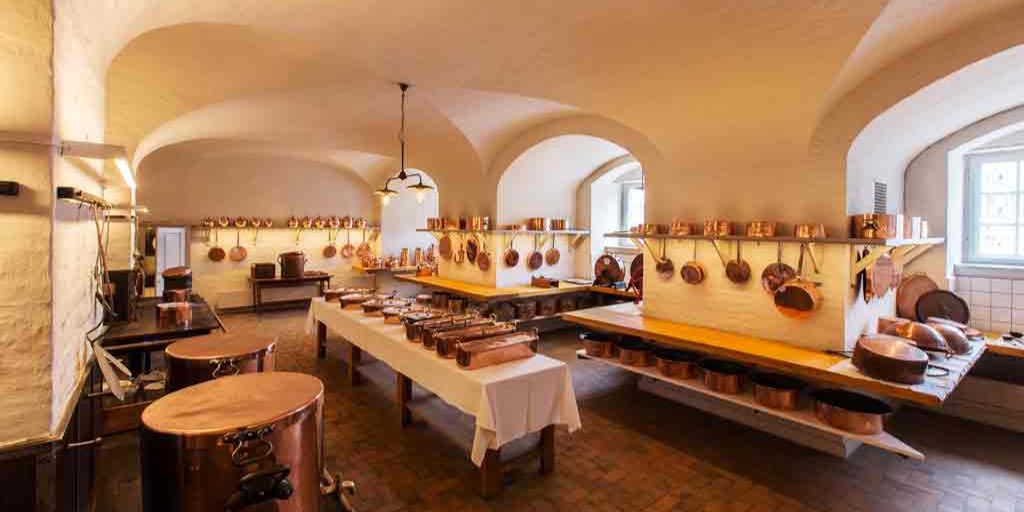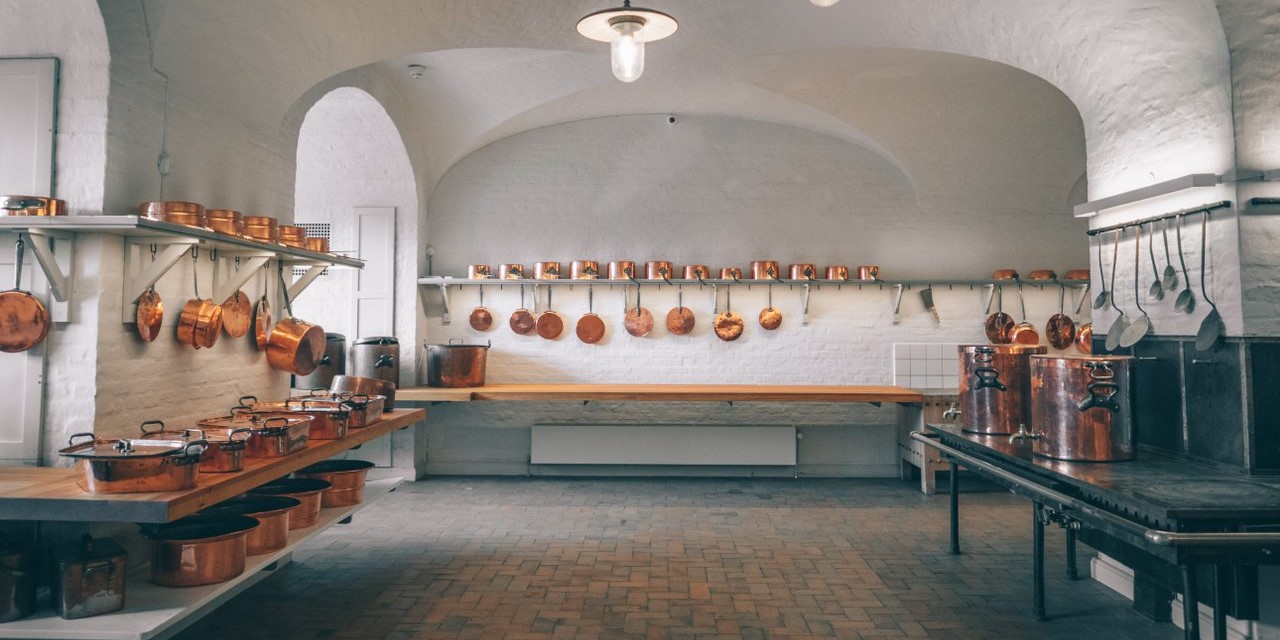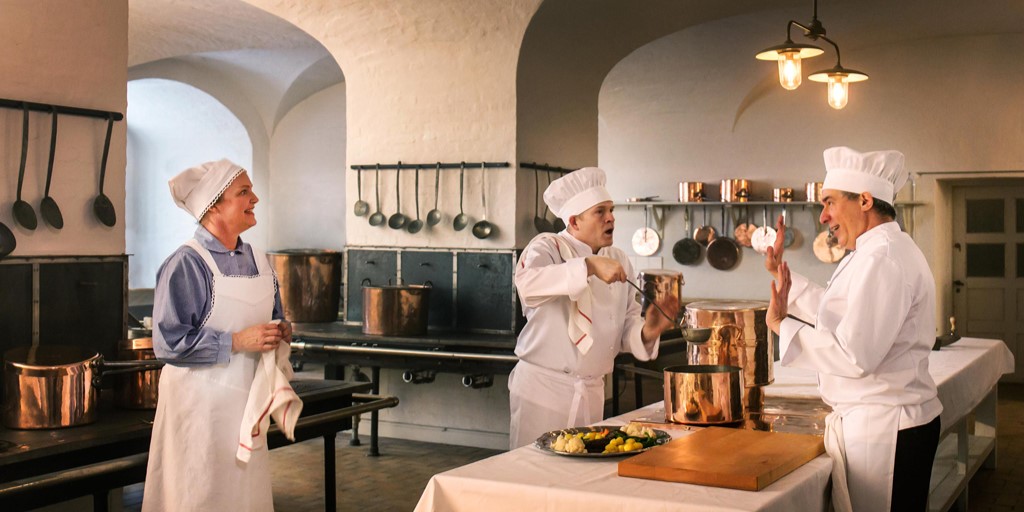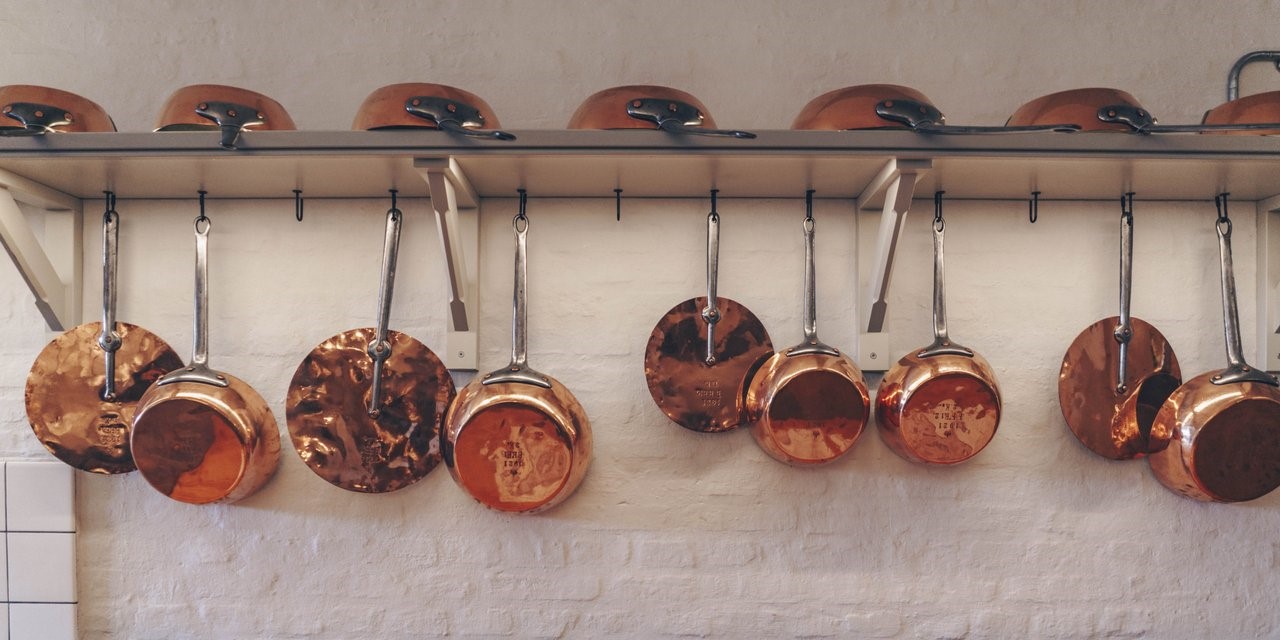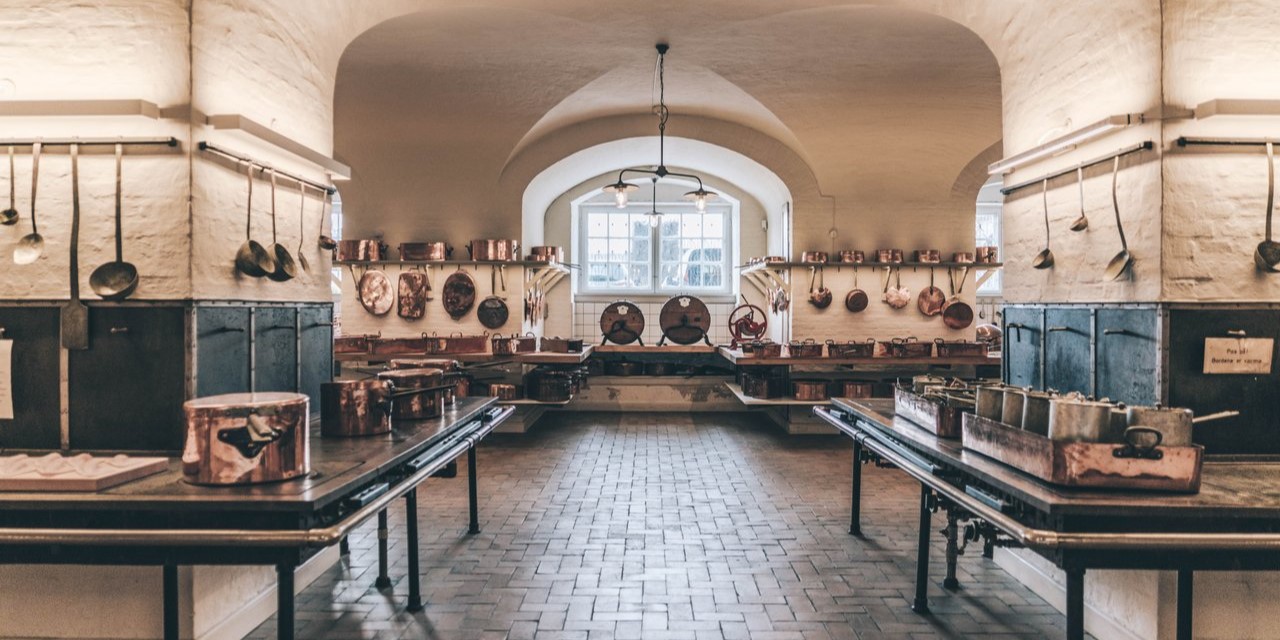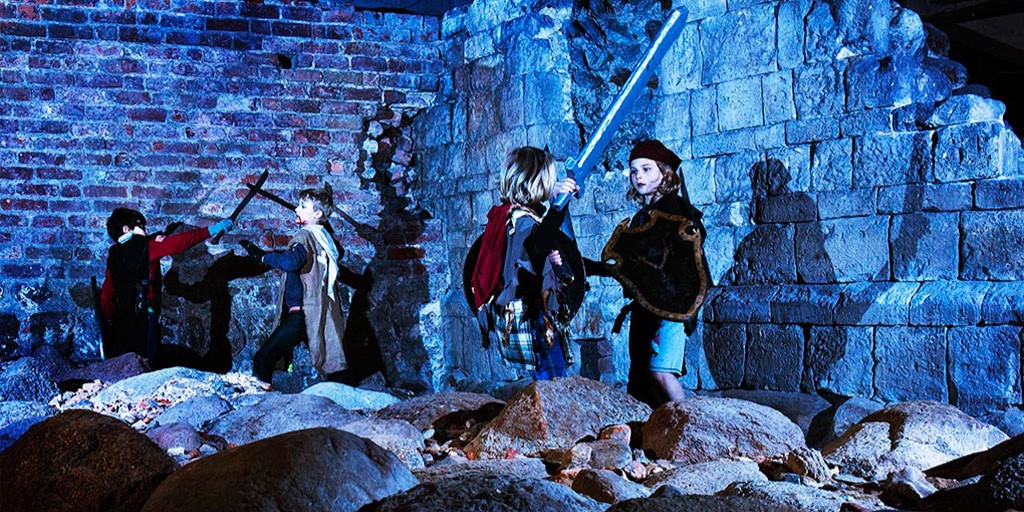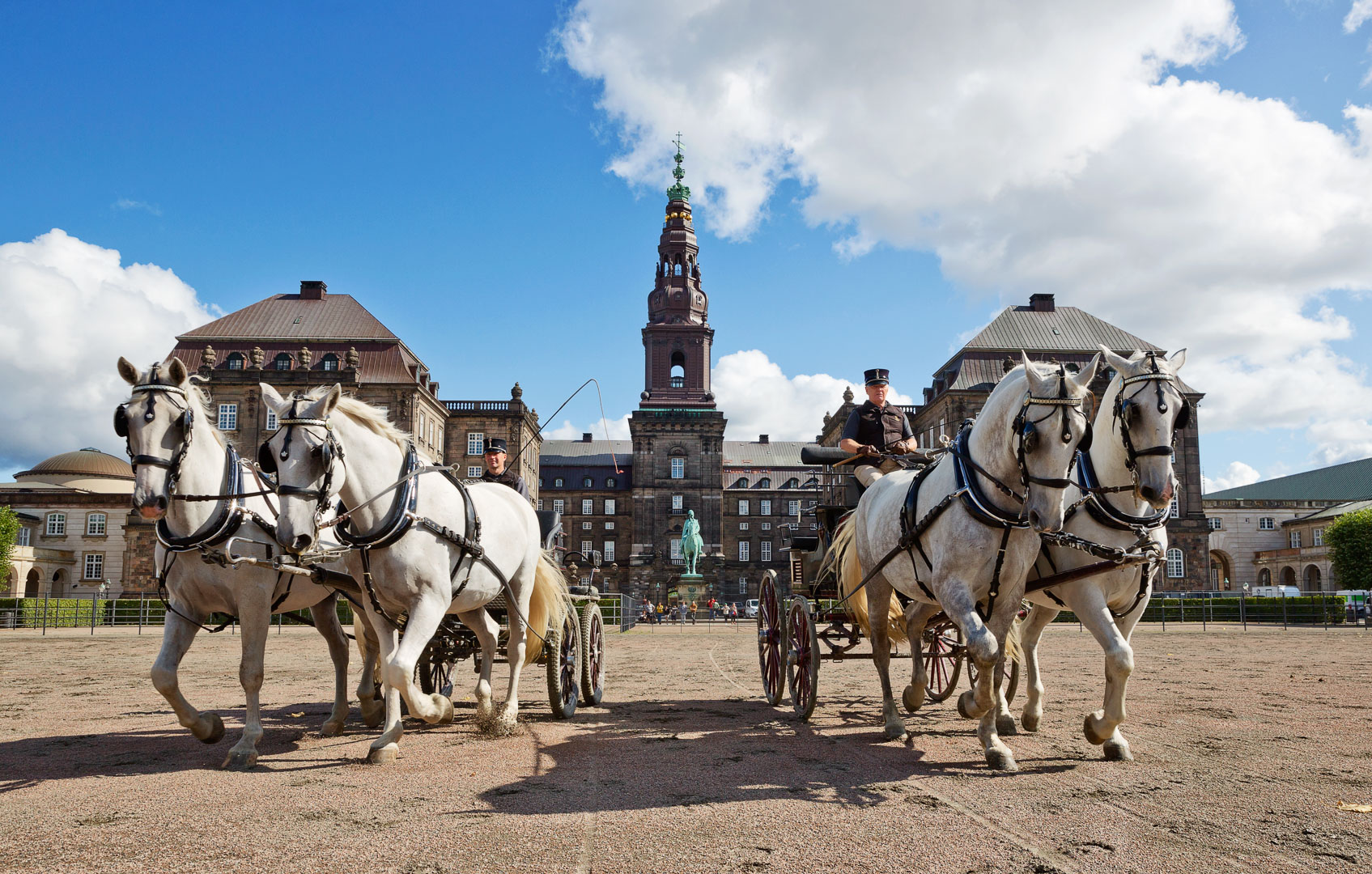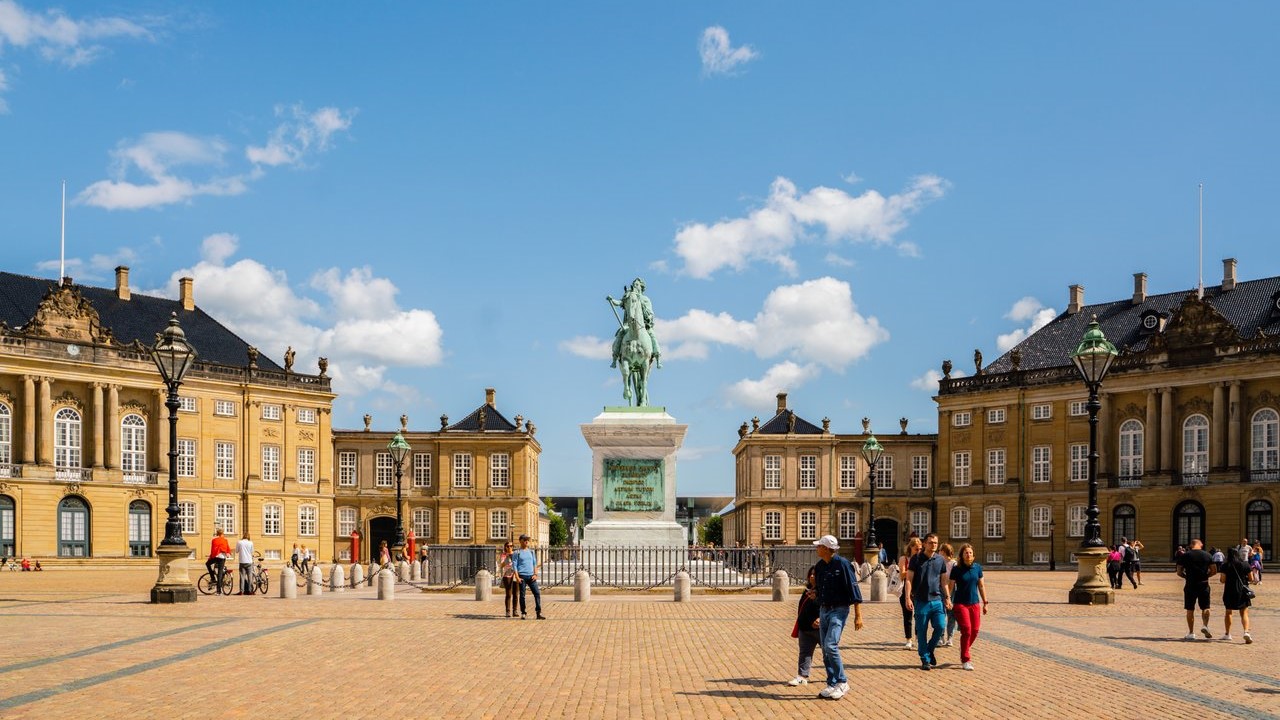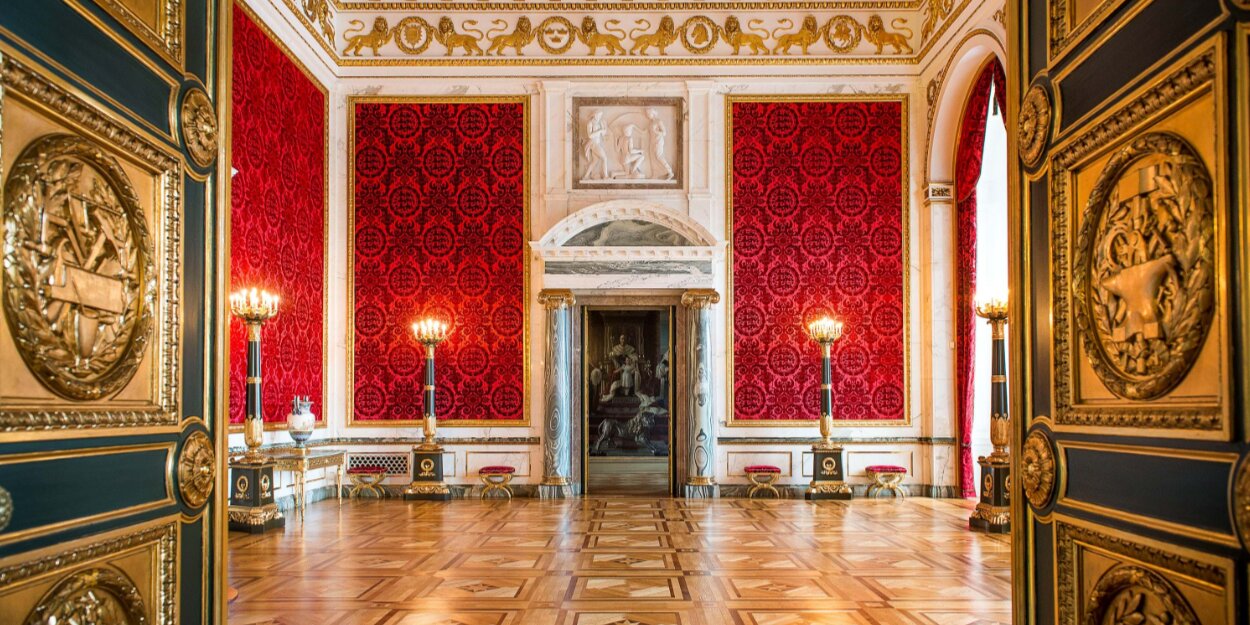When the present Christiansborg Palace in Copenhagen was constructed, the National Museum took care to excavate and protect the ruins of the Palace's oldest predecessors, Bishop Absalon's Castle of 1167 and Copenhagen Castle that replaced it. Christiansborg stands out as it houses both Denmark's current political center and the remnants of the country's main medieval castle, all under one roof.
Revealed by accident When casting the foundations of the present Christiansborg Palace, workers struck upon the ruins of older buildings and the remnants of a curtain wall. Experts were called in from the National Museum, and a close inspection revealed that the ruins dated back as far as 1167.What they had come upon was Bishop Absalon's Castle, once situated on a tiny island off the what is now known as Copenhagen. Walking around this underground site, you will get an idea of how the castle was continually renewed and developed.
The later castle and the infamous Blue Tower The Copenhagen Castle, built on the same site, was surrounded by a moat and had a large tower as an entrance gate. The castle was rebuilt several times. King Christian IV added a spire to the tower, the infamous Blue Tower, where only prominent prisoners of state were kept.In the 1720s, King Frederik IV entirely rebuilt the castle, but as a result of this total reconstruction, the walls had become so heavy they started to give way and to crack. King Christian VI, Frederik IV's successor, soon realised the necessity of demolishing the old castle and erecting a new one on the site. This new castle was to be the first Christiansborg Palace.
Christiansborg - The Royal Kitchen
Pay a visit to the Royal Kitchen under Christiansborg Palace.
This is where you can have a unique look behind the scenes of the royal parties and celebrations. What goes on in the royal kitchen when there is a gala dinner at the palace in 1937? The sweet aroma of beef tenderloin for 275 guests wafts out of the ovens - muscular chefs stagger around under the weight of the ton-heavy copper pots - the confectioner constructs exquisite crowns of candied fruit.
Come and experience the royal party preparations as they are today and in days of old.
Related Attractions
Opening Hours
04.10.2025 - 23.12.2025:Monday: closed
Tuesday: 10:00 - 17:00
Wednesday: 10:00 - 17:00
Thursday: 10:00 - 17:00
Friday: 10:00 - 17:00
Saturday: 10:00 - 17:00
Sunday: 10:00 - 17:00
26.12.2025 - 30.12.2025:
Monday: 10:00 - 17:00
Tuesday: 10:00 - 17:00
Wednesday: closed
Thursday: closed
Friday: 10:00 - 17:00
Saturday: 10:00 - 17:00
Sunday: 10:00 - 17:00
Location
Christiansborg Ridebane 27
1218 København K
Wheelchair Accessible


